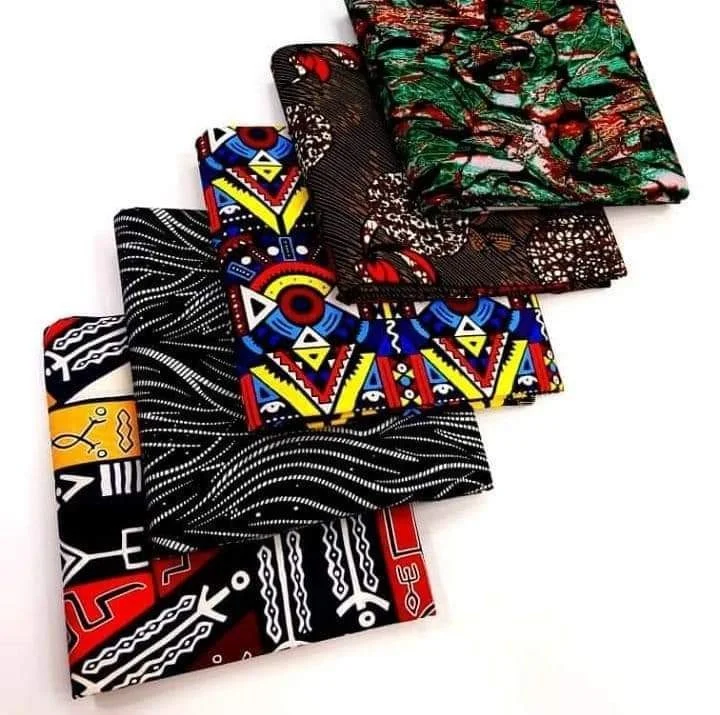Kanga & Kitenge: What Swahili Fabrics Say Without Saying a Word
By: Chimdindu Ken-Anaukwu
In the Swahili world, fashion is a language, and two fabrics rule the dictionary: kanga and kitenge.
They’re bright. They’re bold. They’re poetic. And they’ve got a louder mouth than your aunt at a wedding.
But don’t be fooled by the colors alone. These fabrics are less about trend and more about tradition, identity, and good old-fashioned drama—Swahili-style.
Let’s unwrap (pun intended) the secrets of kanga and kitenge, the fabrics that speak without moving their lips.
1. What is a Kanga?
A kanga is a rectangular cotton cloth, often worn in pairs: one as a wrap skirt, the other over the shoulders or head. But its real magic? The printed message or proverb on the bottom.
Yes, your clothes can subtweet people in Swahili.
Common inscriptions include:
“Wema hauozi” — Goodness never rots
“Usijaze dunia, jaza moyo” — Don’t fill the world, fill your heart
“Mpishi si mchawi, chakula huisha” — The cook is not a witch; food just finishes!
It’s wearable wisdom—and sometimes, shade.
2. What is a Kitenge?
Kitenge is the more versatile cousin. No text, just bold patterns and eye-popping colors. It’s thicker, structured, and perfect for tailoring into dresses, shirts, suits, or even handbags.
While kanga speaks, kitenge stuns.
You’ll see kitenge at weddings, political rallies, church, and even runways. It says, “I came to slay, and yes, I have culture too.”
3. Fashion with a Side of Sass
Swahili women have mastered the art of saying everything without saying a word. Want to congratulate someone? Wear a kanga with a proverb about blessings. Want to shade your neighbor for gossiping? Oh, there’s a kanga for that too.
In fact, in some households, women swap kangas like tweets—complete with side-eyes and sly grins.
Even funerals, weddings, and political campaigns come with themed kangas. When in doubt, check the hem. The message never lies.
4. The Cultural Power of Fabric
In Swahili culture, kanga and kitenge are more than fashion. They’re identity markers, social commentators, and carriers of history.
They welcome newborns
They wrap the deceased
They crown brides
They dance at funerals and festivals
Some kangas are heirlooms. Some are statements. All are powerful.
5. How to Wear Them Like You Know What You’re Doing
For women: A kanga can be a skirt, shawl, headwrap, baby carrier, or beach cover-up.
For men: Kangas are often worn indoors or tied as waist wraps when relaxing.
Kitenge? Get it tailored. Go big or go home.
Want bonus points? Learn the proverb printed on your kanga and drop it mid-conversation. Instant street cred.
Final Thread
In a world of fast fashion and meaningless labels, Swahili fabrics remind us that what we wear can still mean something. Every kanga is a quote. Every kitenge is a celebration.
So next time you’re at a coastal market, don’t just buy fabric. Read it. Feel it. Let it speak.
Want to understand Swahili proverbs like a local? Download the NKENNE app and unlock the culture behind the color.
Mavazi yanasema mengi—ngoja uyasikie. (Clothes say a lot—listen closely.)


